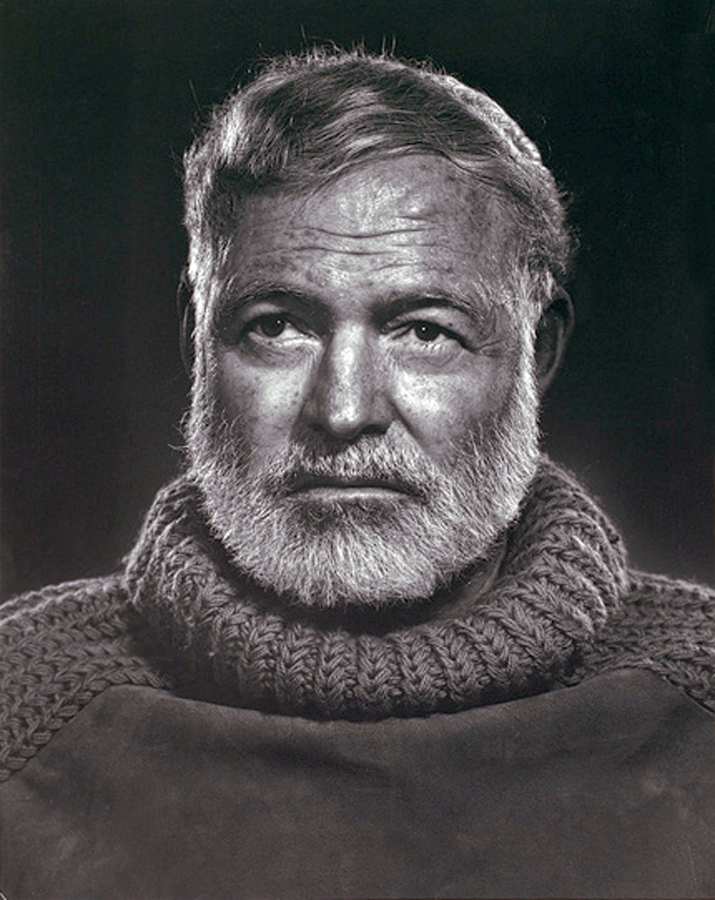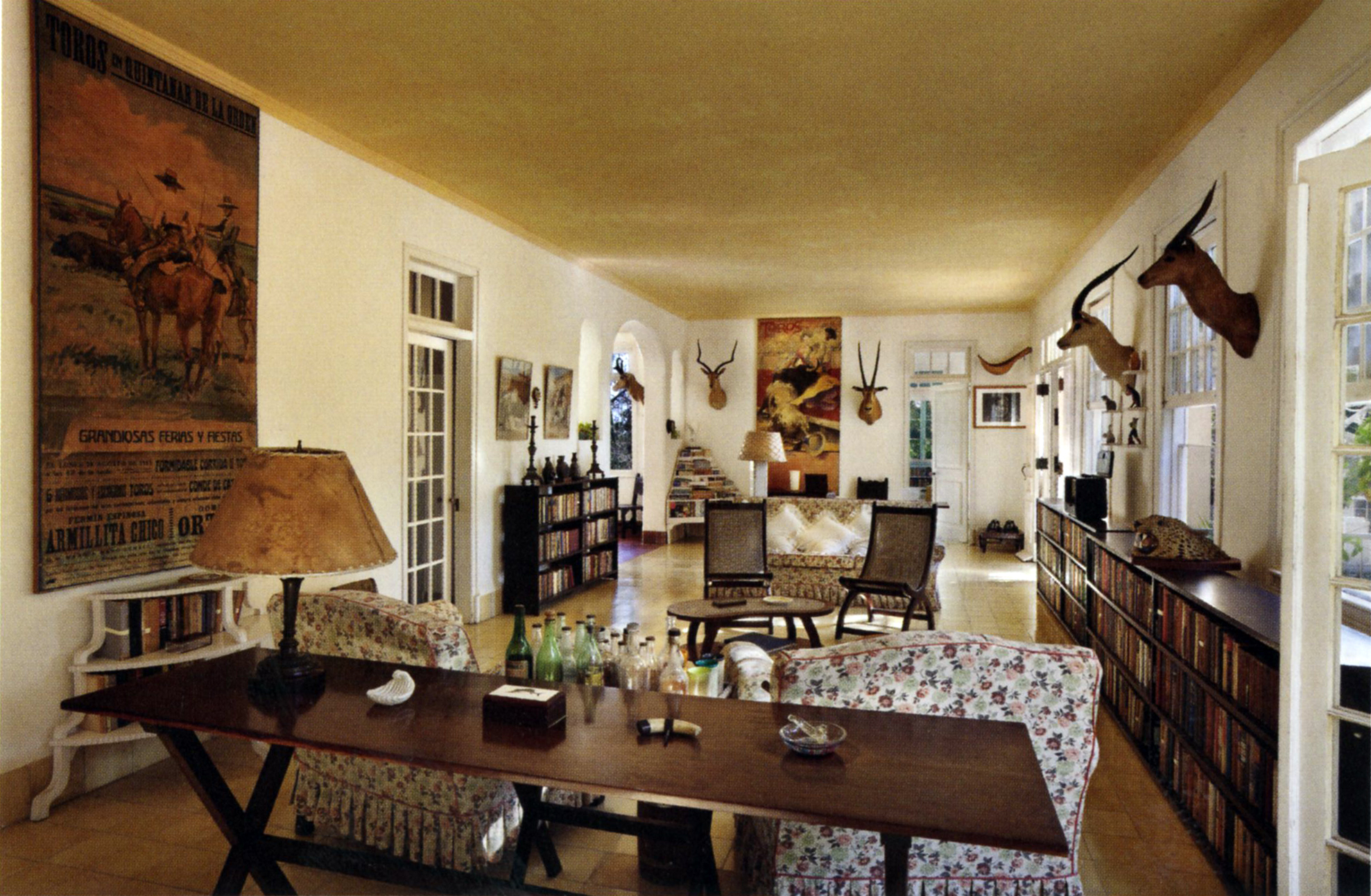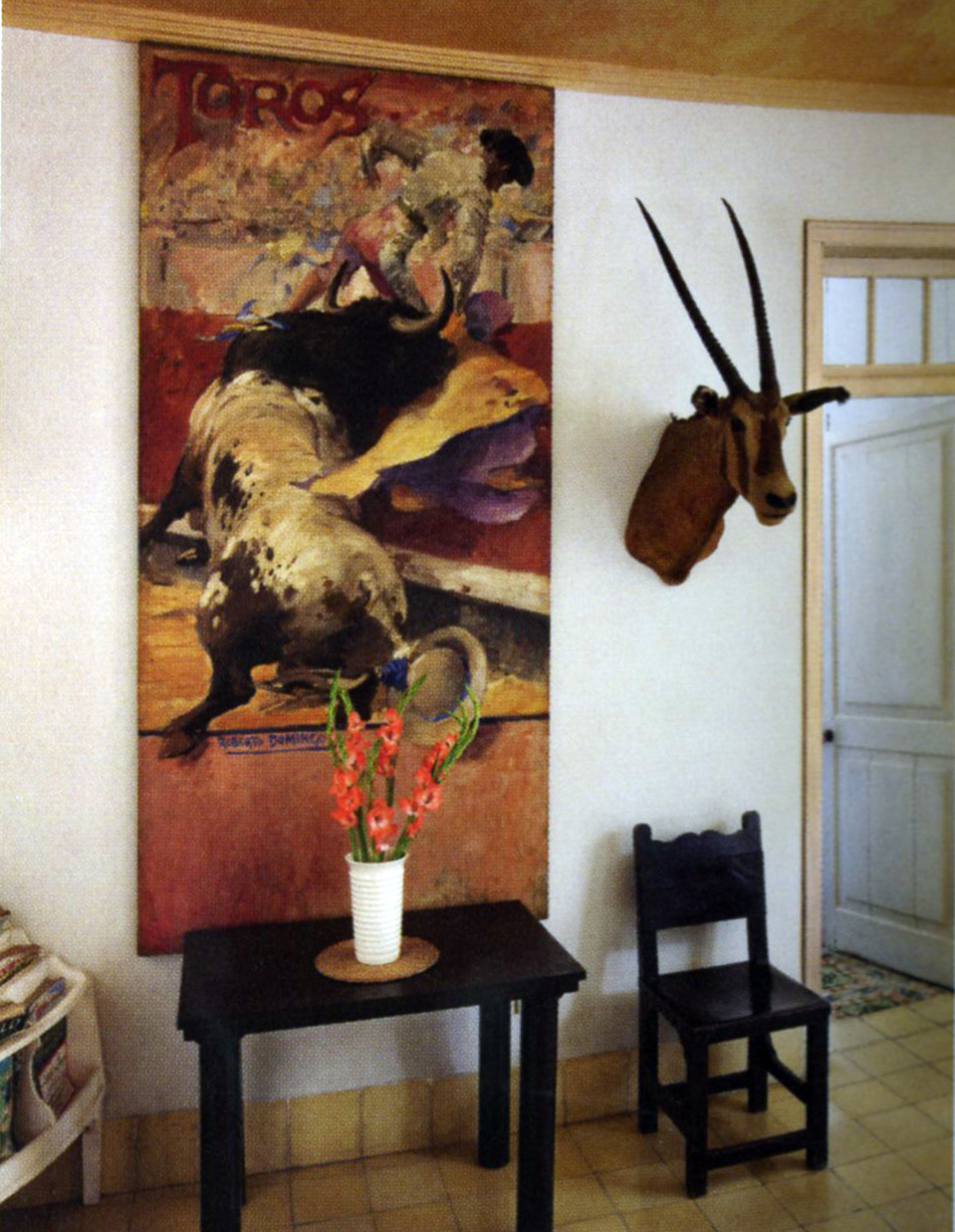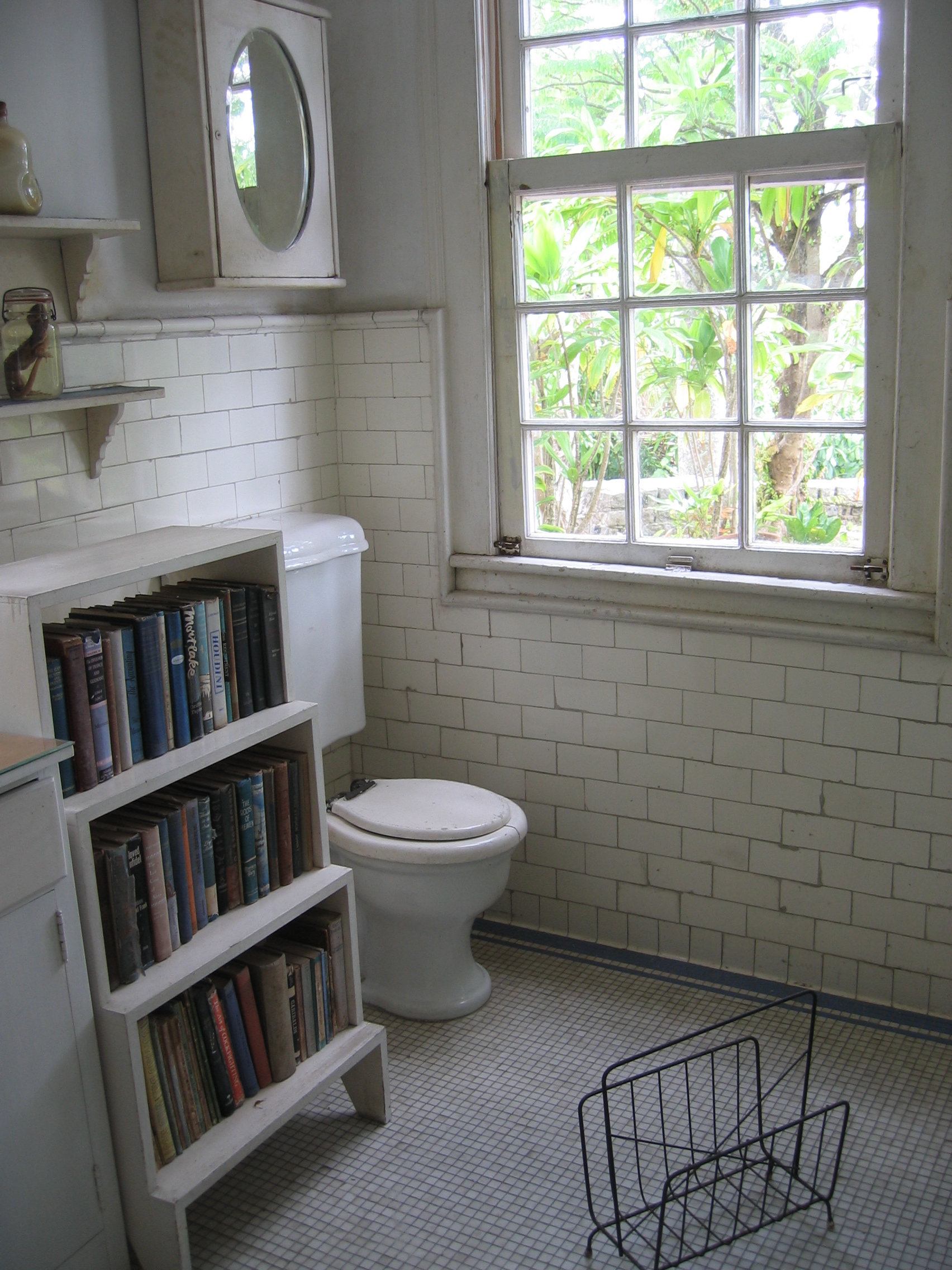
04 Sep 2024 Restoring and Reconstructing Hemingway’s Finca Vigia
72 years ago in September of 1952, Ernest Hemingway published his acclaimed novel The Old Man and the Sea, which he wrote from his beloved home in Cuba. Architect Henry Moss recounts the mid-2000s effort to restore Finca Vigia – the Hemingway Estate in Havana – to mark the occasion. Henry is a Principal at Bruner/Cott and has served on HBI’s Board since 1998.
We amplify or undermine the meaningful attraction of historic properties by how we ascribe significance. The Secretary of Interior Standards for Rehabilitation identifies several categories: architectural and landscape design quality, association with important events, and association with important persons. Sometimes these coexist in a single property. It is typical to find the significance line in National Register Nomination Forms very sketchily annotated. This leads to ambiguity in many instances with complex arguments about what features should be retained, altered, or added. Further complications arise when buildings are identified as “contributing” to historic districts. In those cases, the facades that are visible from public ways (streets, not trains!) are typically the significant element with only their subset of “character-defining features” important to preserve.
Few people (architects, especially) realize that about 80% of the properties on our National Register are there by association with a historic person or important events. That group of properties is a social construct of its own time, and both the interpretive overlay and discrimination among different levels of significance require insight and feeling. Knowing and feeling that we are in the same room that a live individual inhabited decades or centuries before is seldom how we engage a historic space. Reconstructed rooms with original furniture and other personal items are a starting point, but emotional connection through grasp of the disappeared reality of a person’s daily life is rarely experienced by a visitor. At Historic Boston’s Old Corner Bookstore, the challenge is profound. Important publishers and authors entered and left the building as individuals with real lives, long ago. Private families built and lived in the original house before them.
In 2006, Jenny Phillips, the granddaughter of Maxwell Perkins, lifelong editor of Ernest Hemingway, approached Bruner/Cott Architects to help restore the author’s home estate near Havana, Cuba. She had visited the site and encountered Hemingway’s collection of books, furniture, hunting trophies, cat graves, and other intimate items to be threatened by roof leaks, termites, and misinterpretation. Cuba’s counterpart of our National Park Service planned to address these deficiencies by removing the corrugated concrete roof that Hemingway installed over the leaking flat roof of his villa. When Henry Moss and Lee Cott visited the site, they met the Cuban agency’s project team and introduced the idea that conservation of the villa should center upon Hemingway’s residence and that historic significance is inherent in what he saw and touched while living there.
An architect and landscape architect associated with the National Trust for Historic Preservation visited the site with Bruner/Cott and helped work through solutions that reconstructed the house as Hemingway had lived in it. The solution included new roofing details that could avoid leaks and look identical to Hemingway’s desperate corrugated overlay. It also heightened awareness of the historic landscape where Hemingway had cultivated eighteen varieties of mango and played baseball with neighborhood boys. The importance of historic landscape conservation registered more firmly with the Cuban agency to further inform their future projects. The project included façade restoration and careful reconstruction of furnished interiors. Features of the house and its setting that had been falsely attributed to Hemingway were removed. Plans for conservation of the swimming pool where he swam with Ava Gardner, and his fishing boat, Pilar, were set for the agency’s future phases.
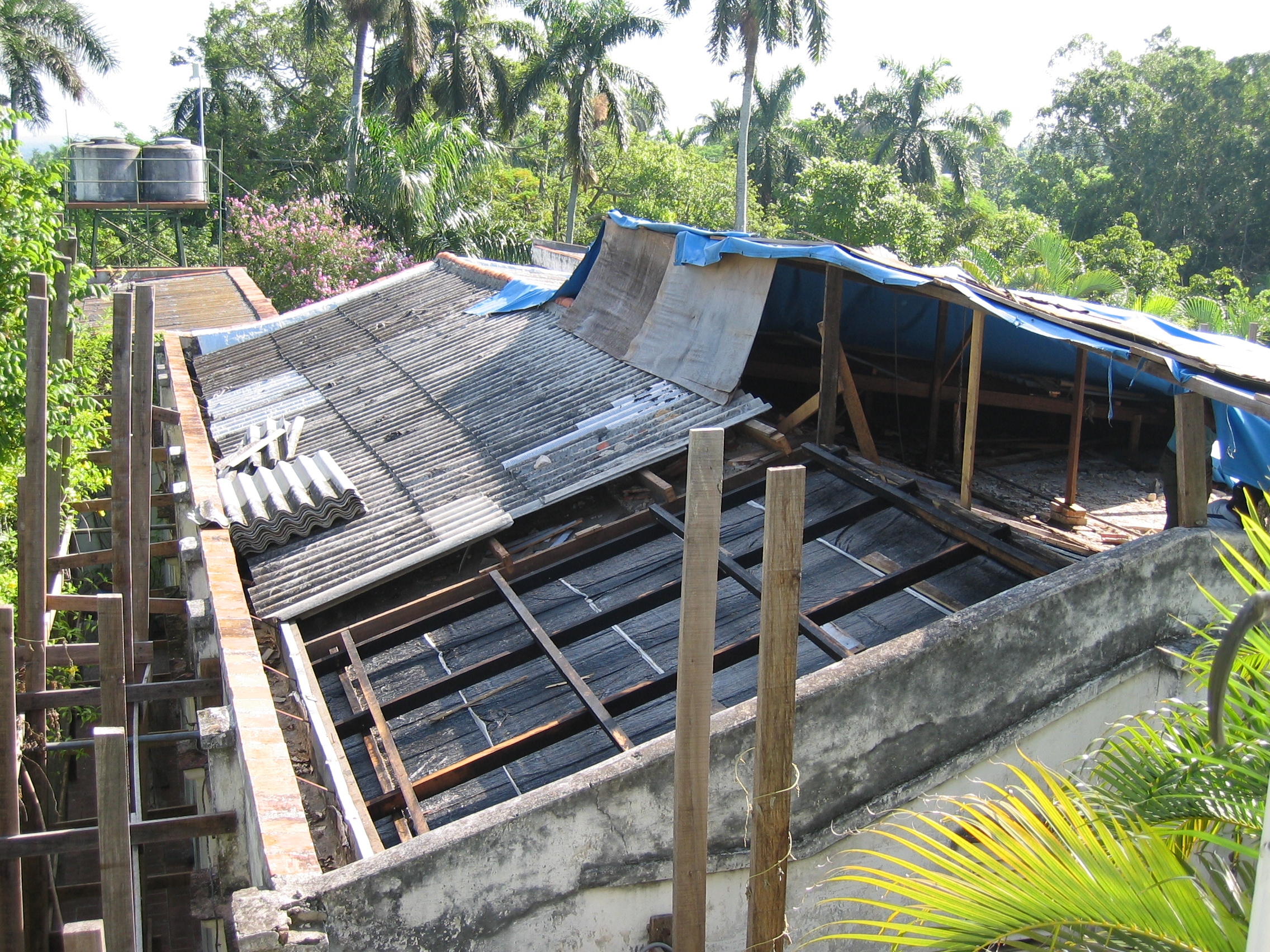
Hemingway’s reconstructed roof addressed leaks but remained identical to the author’s original “desperate corrugated overlay.”
The interpretive challenge differs from each building, each site, each room, and each piece of furniture to the next. The Old Corner Bookstore is associated with now famous authors who knew it from visits to their trail-blazing publisher, Ticknor & Fields. The publisher’s office is long gone- replaced by barbers, hatters, and food vendors. Significance continues to hover through ghosts of Emerson, Thoreau, Fuller, Hawthorne, Longfellow, and others that Historic Boston and MASS Design are now working to awaken and anchor in visitors’ experience when they see and touch the building.




